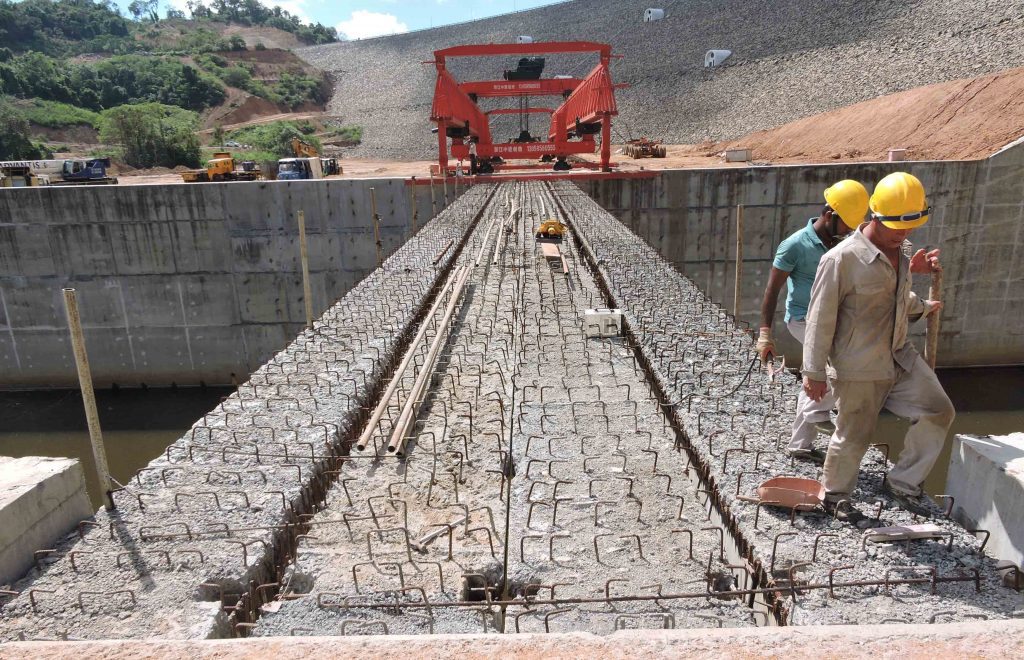The transfer floor is more common in medium-rise buildings. Especially in apartment buildings, most of the time, engineers and architects are prepared to have a transfer floor due to the changes in the floor layout beyond a certain elevation.
When the column grid needs to be changed from which continued from the foundation, the transfer floor is constructed.
Especially in the ground floor level, basement levels and car parking levels clear spacing of the columns is very important to facilitate the functions such as vehicular movement, vehicle parking, etc.
Therefore, higher column spacing is selected in these levels and when possible, the gap between the columns is reduced or modified to suit the upper layouts of the upper floors.
There are two methods that can be sued to construct the transfer floor.
- Construct as a flat plate or as a thick slab
- Construct transfer beams – deep beams are constructed to rest the columns
The method of adaptation of the ether method will depend on the function, applicability, constructability, cost, etc.
A best suitable method will be selected considering the above and design proceeds accordingly.
Transfer Floor as Thick Slab
The floor will be constructed as a thick slab that can bear the forces generated due to the eccentricities of columns as the column grid will be changing above the transfer floor level.
The thickness of the slab will be governed by the axial loads applied to it and the bending moment and shear forces generated due to the same.

Figure 01 Transfer Slab
Mostly, the transfer floors are designed with the help of computer aid analysis as the manual calculation is much complex in this type of analysis.
The slab will be designed for shear and bending moment due to the loadings.
The thickness of the transfer floor slab will be mostly decided based on the axial loads applied to it.
However, the thickness of the slab will not be much higher as the deep beams that could be used for transfer floors.
Any irregular column arrangement can be supported with a thick slab whereas the transfer beams can only support the regular column grid.
However, the weight of the structure could be higher than the floor having the beams, and the transfer floor is a disadvantage when considered with the seismic effects.
Transfer Floors Supported by Deep Beams
When there is no complicated grid that can not be supported with beams and the height loss due to the introduction of deep beams is not an issue, this option can be employed.
Different combinations should be considered when analyzing and designing of the structures.
The worst-case shall be considered for the design.
- Alternative loading of spans
- Analyze the transfer floor without the superstructure
- Analyze the whole structure together
- Analyze assuming the columns support the transfer floor as pin supports
- Consider construction stage analysis
Figure 02 Indicate the transfer beam of a building under the construction.

Figure 02 Transfer Beam
Effect of column shortening, vertical loadings due to the alternate loadings, etc shall be considered for the design.
Further, creep and shrinkage effects shall also be considered for the design.
Transfer beams are designed as deep beams and the design concept will be based on the type of loadings and the beam layout.
Further, beams could be designed as simply supported beams or continuous beams. You may refer to the article “Design of Deep Beam” for the design of deep beams.


